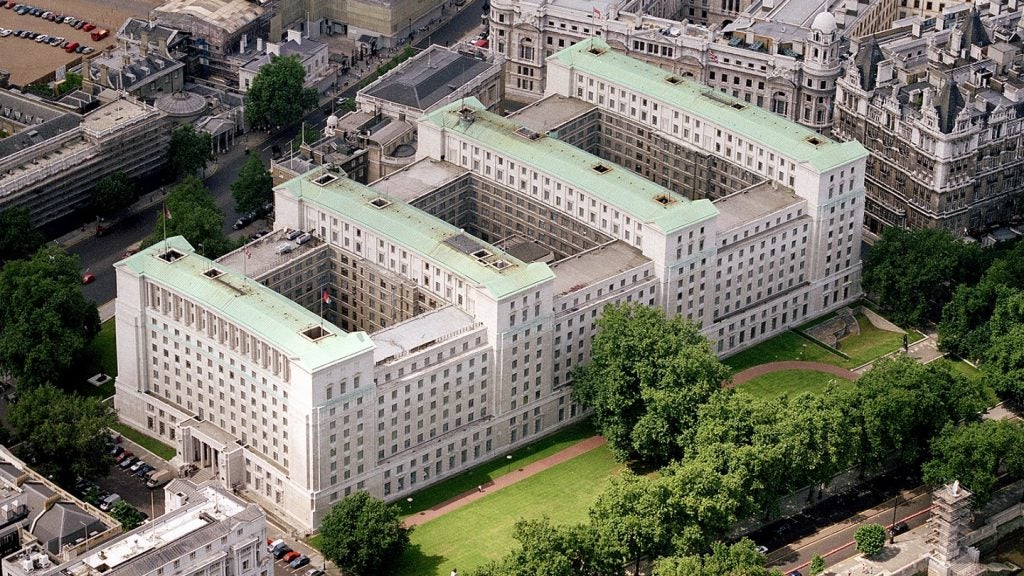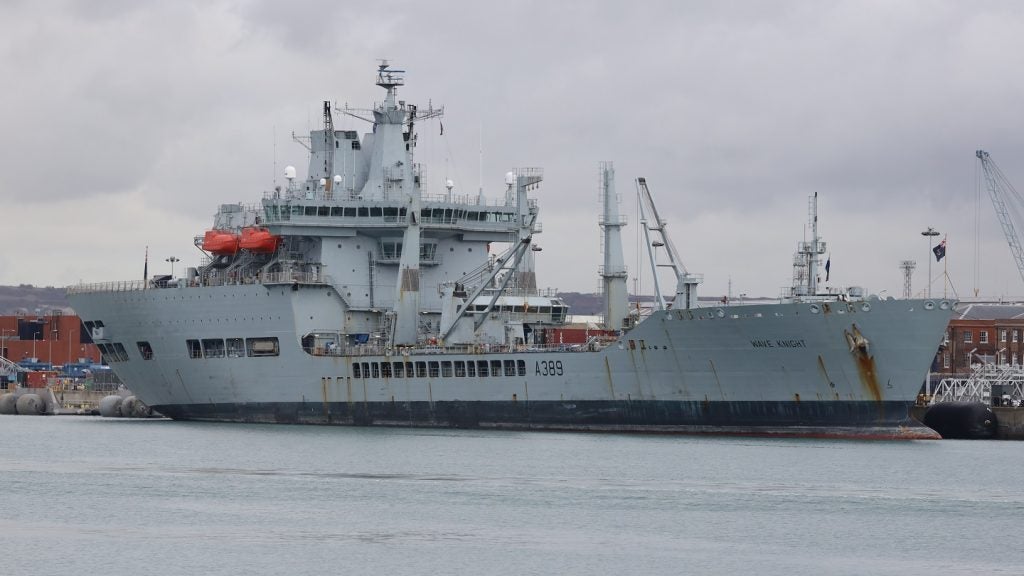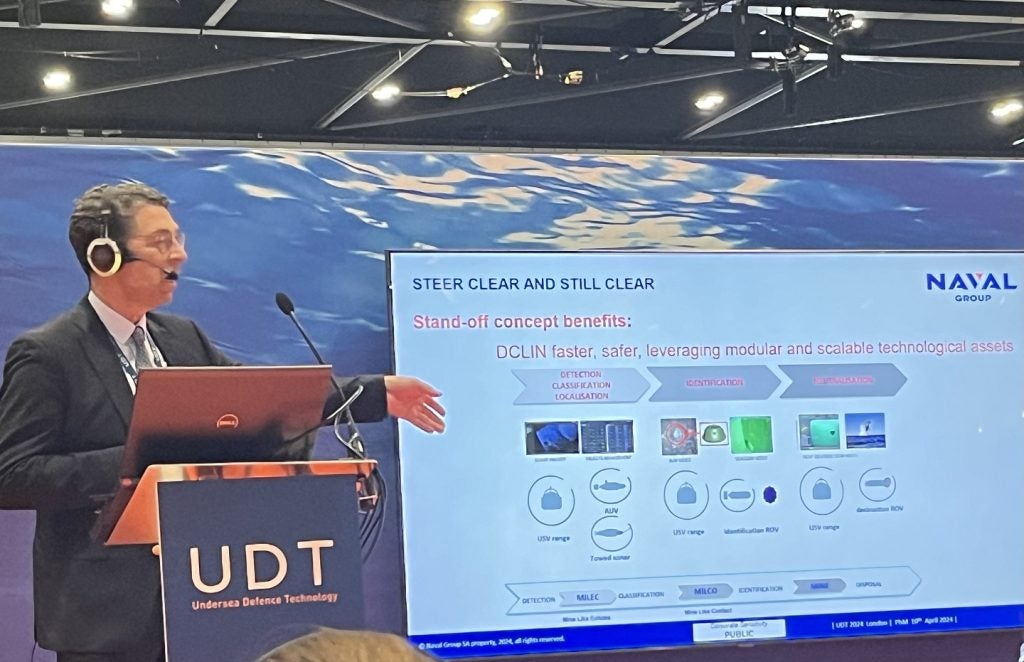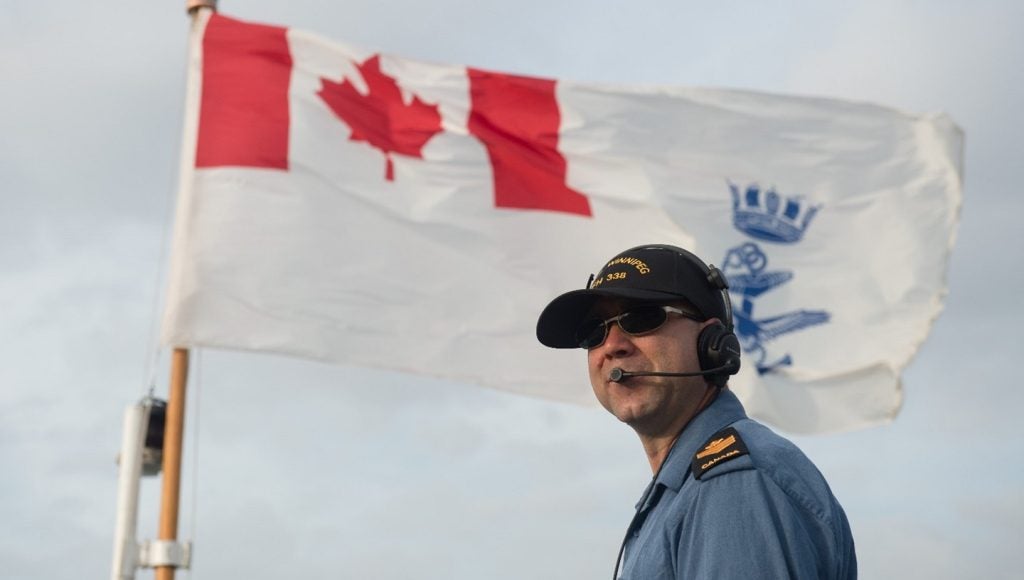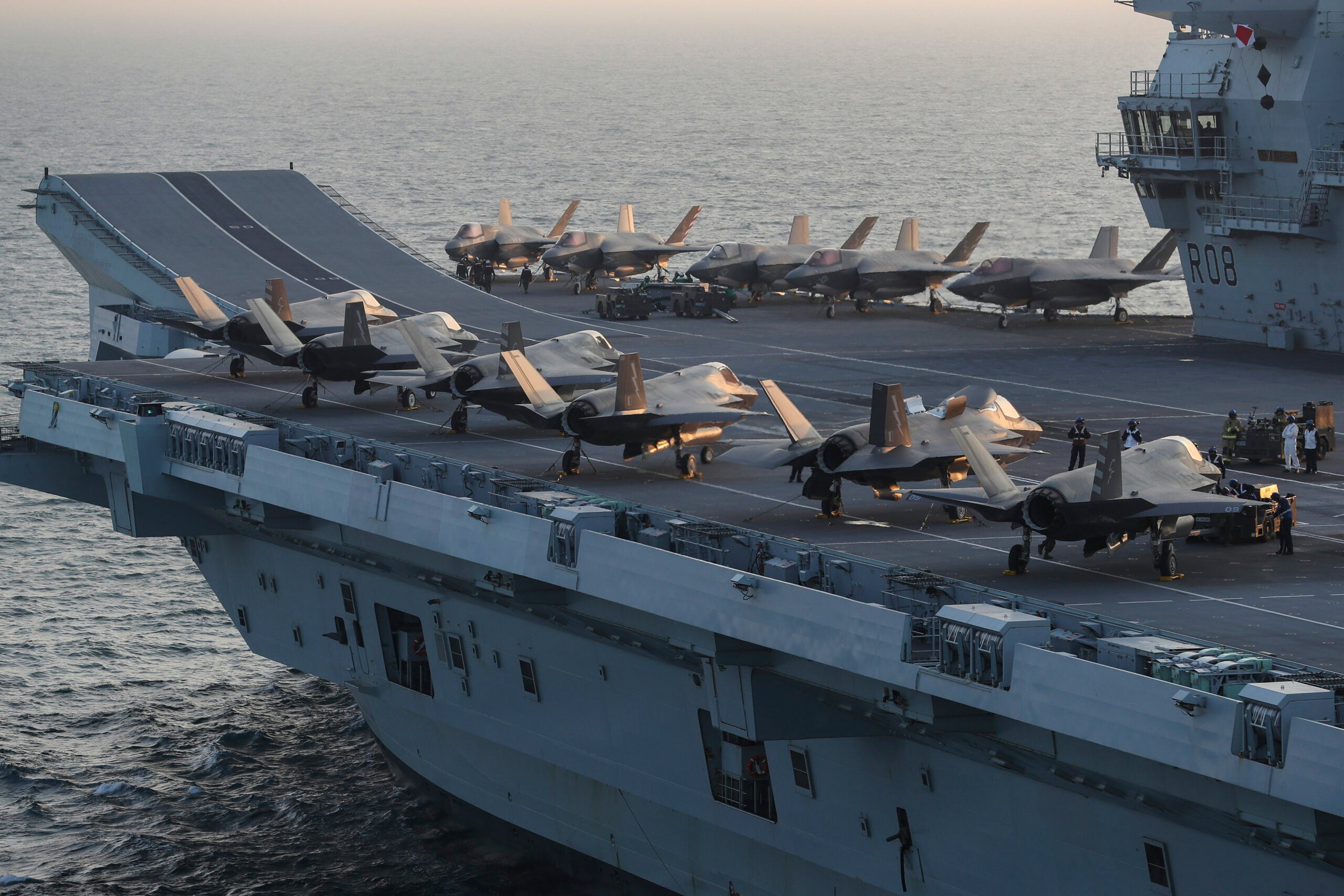
In a report, the PAC praised the MOD for delivering two aircraft carriers into service in time and on-schedule but added the success of the ship’s delivery could be undermined by a series of problems with supporting programmes which are seen as essential for the operation of Carrier Strike Groups.
The committee, which scrutinises public sector spending, added that there was ‘disturbing lack of clarity’ about the costs associated with the purchasing and support for the aircraft carrier’s F-35B jets as well as the total number of jets the MOD needs or can afford.
The MOD has so far ordered 48 F-35Bs, with 18 aircraft delivered. The rest are due to be delivered by 2025-26. Originally the MOD intended to purchase 138 aircraft but has seemingly shied away from this commitment saying that if it were only to deploy one carrier at a time, it would not need all 138 jets.
The MOD has, however, admitted that to ensure Carrier Strike through till past 2050 it would need more than 48 F-35Bs. A final decision on the total number of F-35Bs the MOD think it needs has still yet to be made.
 F-35B jet on the deck of HMS Queen Elizabeth during GROUPEX. Image: MOD/ Crown Copyright.
F-35B jet on the deck of HMS Queen Elizabeth during GROUPEX. Image: MOD/ Crown Copyright.
Chair of the Public Accounts Committee MP Meg Hillier said: “As things stand the UK has two world-class aircraft carriers with limited capability because the wider debate about the UK’s strategic defence capability – and funding – has been repeatedly delayed.
How well do you really know your competitors?
Access the most comprehensive Company Profiles on the market, powered by GlobalData. Save hours of research. Gain competitive edge.

Thank you!
Your download email will arrive shortly
Not ready to buy yet? Download a free sample
We are confident about the unique quality of our Company Profiles. However, we want you to make the most beneficial decision for your business, so we offer a free sample that you can download by submitting the below form
By GlobalData“This debilitating lack of clarity threatens our national defences yet it’s not likely to be resolved when the strategic defence review and the comprehensive spending review look likely to be out of step with each other once again.”
The cross-party PAC added that the MOD has yet to develop an ‘adequate understanding of the support and operating costs of a carrier strike group’.
In its report, the PAC wrote: “As it stands the UK has two world-class aircraft carriers with limited capability because the wider debate about what the UK’s strategic capability needs has been repeatedly delayed. This debilitating lack of clarity is not likely to be resolved when the strategic defence review and the comprehensive spending review look likely to be out of step with each other once again.
“The link between funding and delivering the major projects necessary for future capability is clear. Decisions are needed to deliver our defence capability and to avoid additional costs because of delays and uncertainty.”
The committee praised the MOD for building the two Queen Elizabeth-class aircraft carriers on schedule and within 3% of the £6.2bn budget but added that it had made slow progress on developing supporting capabilities essential for Carrier Strike Group operations.
Hillier added: “The MOD and the nation it’s responsible for defending cannot afford for this rare beacon of success, in delivering the two carriers, to descend into yet another failure to deliver defence capability.
“The MOD must recognise that is a real risk, a real risk to a vital part of our national defences, and it must demonstrate now a clear plan to capitalise on the massive investment the UK has already made – and deliver Carrier Strike.”
The Crowsnest Airborne Surveillance and Control (ASaC) radar has been highlighted as a particular concern, as the Merlin-carried system is currently running 18 months behind schedule. The PAC said this stemmed from poor contractor performance and ‘inadequate department oversight.’
 A computer-generated image of a Merlin Mk2 with the Crowsnest surveillance system fitted to the side of the helicopter. Image: MOD/ Crown Copyright.
A computer-generated image of a Merlin Mk2 with the Crowsnest surveillance system fitted to the side of the helicopter. Image: MOD/ Crown Copyright.
In 2016, the MOD agreed on a fixed-price contract for the development of Crowsnest with Lockheed Martin. Lockheed subcontracted delivery of the project to Leonardo and Thales. The PAC report added: “From the very start, the Department regarded the project as a very high risk, having assessed that industry might not be able to deliver the initial capability.”
The MOD regards Crowsnest as an ‘essential component’ of Carrier Strike. In 2019, an internal audit at Thales declared that the company ‘would be very late delivering the programme’. Crowsnest is now expected to reach initial operating capability in September next year. The airborne radar is now likely to achieve full operating capability in 2023.
The MOD has also yet to order three new fleet solid support ships which are vital for keeping the two aircraft carriers stocked with ammunition, food and other supplies when at sea. Recently, Defence Secretary Ben Wallace gave an update on the programme saying that UK-led teams must build the three ships.
In 2005 the MOD recognised the need to procure new fleet solid support ships and in 2017 decided that it would need three new ships which would enter service from 2026. The MOD started a programme to buy the vessels in 2018, but it was later paused in November 2019 saying it had not received any compliant bids.
The MOD has restarted efforts to purchase the ships however it estimates that they won’t enter service until October 2027 at the earliest, a year late than originally seen as needed. At the latest the first new fleet solid support ship could be delivered in April 2029.
The Royal Navy until then must rely on RFA Fort Victoria which entered service in 1994 and is slated to be retired in April 2028. The ship’s service has already been extended past its planned 25-year service life and is expected to be ‘unavailable for much of 2022’ as it requires significant maintenance work.
 Image of RFA Fort Victoria, seen here off the coast of Scotland. Image: MOD/ Crown Copyright.
Image of RFA Fort Victoria, seen here off the coast of Scotland. Image: MOD/ Crown Copyright.
The report added: “The Department [MOD] admitted that having only RFA Fort Victoria would inevitably constrain carrier operations and that it had known about this issue since 2011 when the delivery of the new fleet solid support ships had first been delayed.”
Another concern highlighted in the report was that the MOD had still not found a solution for a Maritime IntraTheatre Lift capability needed to move supplies, people and more from ship-to-shore. The MOD told the PAC that for the ‘foreseeable future’ it would use the Merlin helicopter as an ‘interim solution’.
Development of a dedicated Maritime IntraTheatre Lift capability is limited by a lack of funds and information on what ‘support a carrier group will need’. The MOD has admitted it needs a solution for the capability but that it is unlikely it will be able to provide it in the ‘next 10 to 15 years’.
The Merlin can fill the role; however, it relies on spare capacity on helicopters which will be embarked on aircraft carrier’s for other roles and could restrict where the carriers operate due to the helicopter’s range.
The PAC added that the issues with Carrier Strike remained ‘unresolved after many years’ and that there had been ‘little discernible progress’ since the committees 2018 report into Carrier Strike.
“The Department must translate its ambitions into a clear, funded plan. Otherwise, there is a real risk that it will fail to capitalise on the huge investment that the UK has already made in this capability,” the PAC added in its report.



